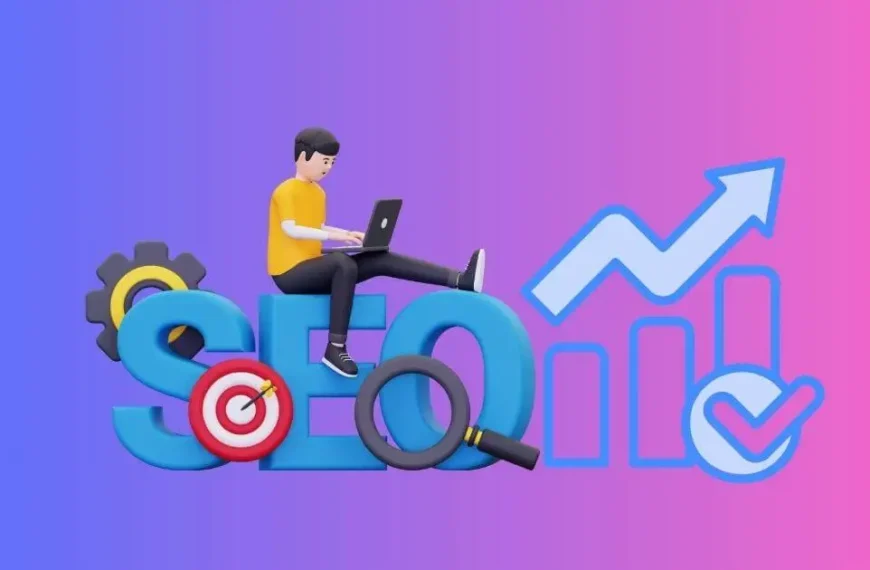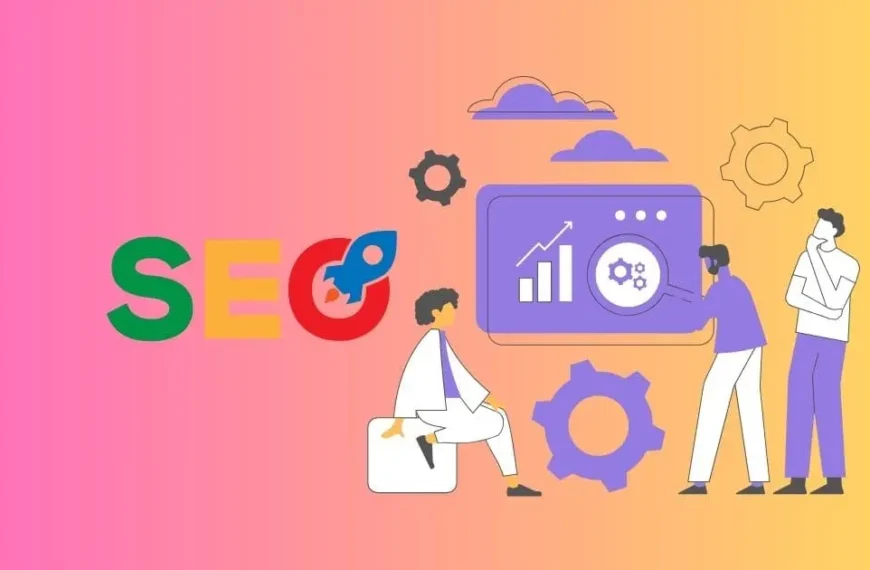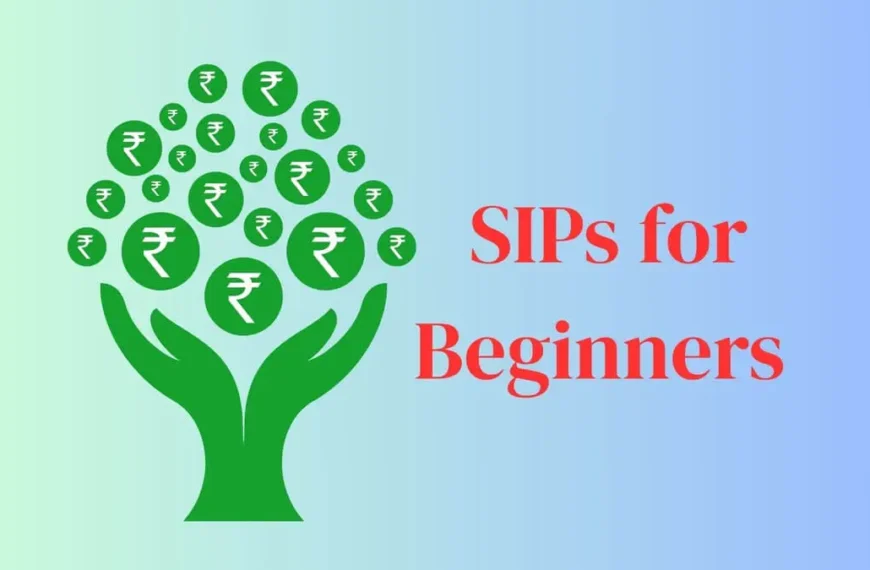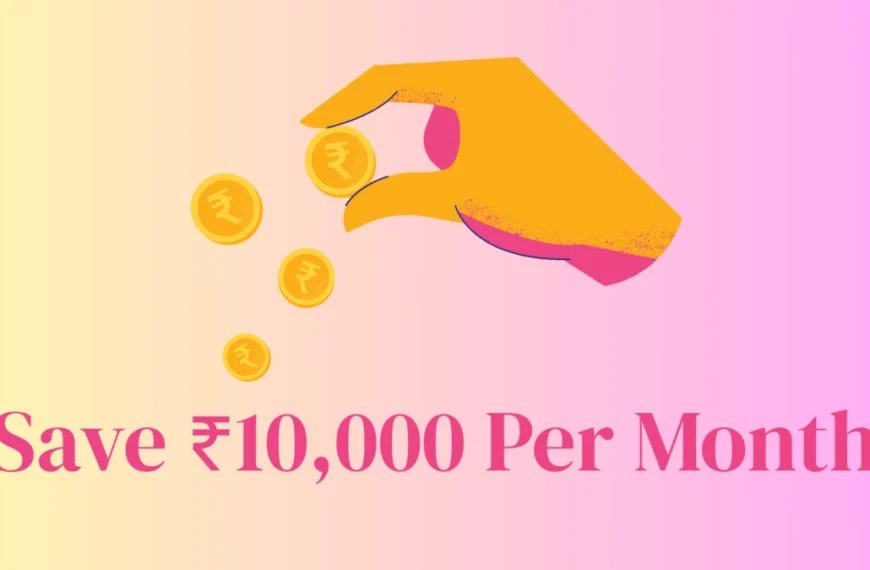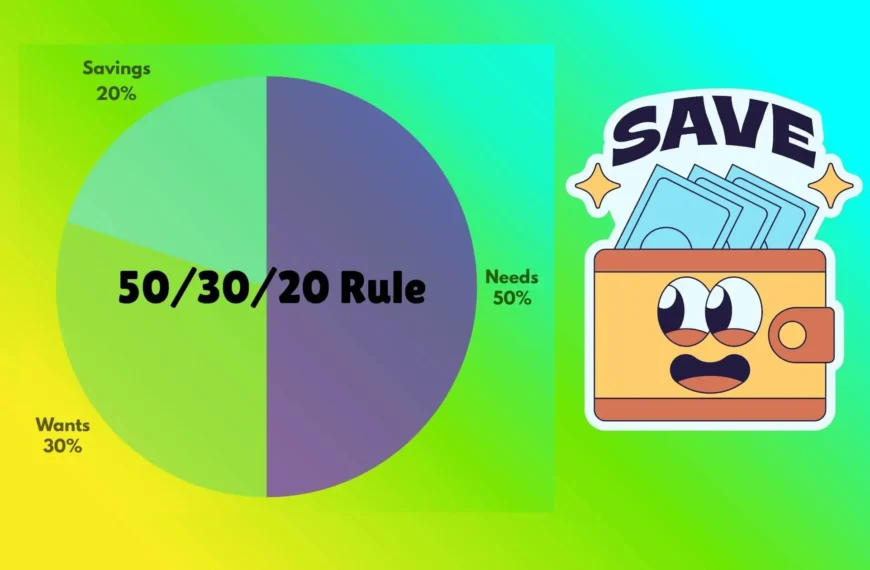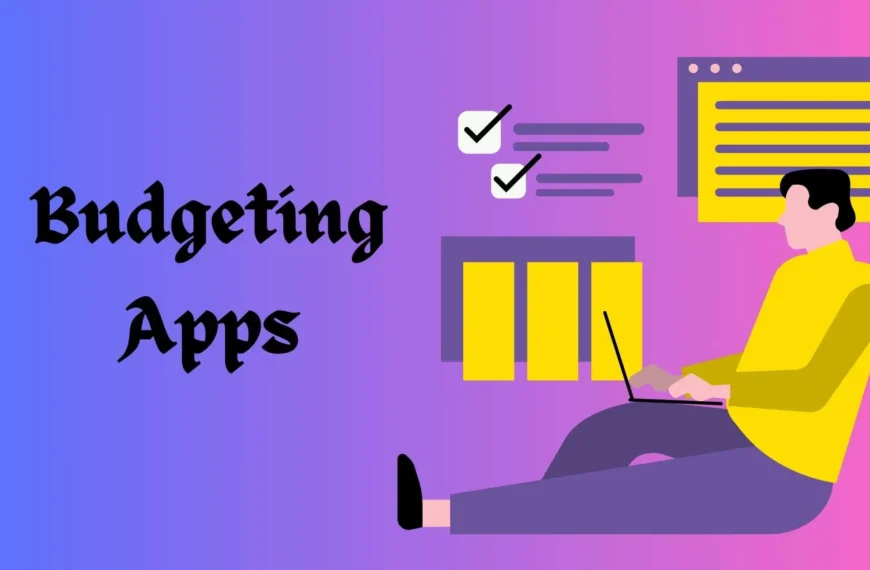Hey, suppose you are a good writer and have written a high-quality blog post after hours of research, in which everything is perfect, like grammar, punchy headlines, and storytelling. And you published an article, but you are not getting any traffic from Google. Most Indian marketers miss out on traffic not because their content is bad, but because it’s not optimized.
In 2025, doing great on-page SEO is no longer optional. If you want your content to rank on Google, especially in a competitive market like India, on-page SEO is useful.
What you need is a practical, step-by-step on-page SEO checklist to rank your article on Google. This blog is exactly what you are looking for. It helps everyone, may you have different aims as a marketer, blogger, or small business owner. This blog has relatable examples to help you level up your content and visibility.
Understand On-Page SEO for Beginners
This term means everything you do on your website to improve rankings, like think keywords, content, meta tags, and internal linking.
Why On-Page SEO Still Matters
Some people think that on-page SEO is no longer useful since AI technologies are getting better and search engines are changing. But that’s not true. Algorithm of Google will be significantly more focused on user intent, content structure, and page experience.
On-Page SEO Checklist For Beginners
1. Primary Keyword in Title Tag
- Keep it under 60 characters.
- Place your primary keyword at the beginning.
- Example: On-Page SEO Checklist for Beginners in India
2. Meta Description that Sells
- Limit to 155 characters.
- Include your keyword and a reason to click.
- Example: A step-by-step SEO checklist with examples for Indian bloggers and marketers.
3. URL Structure
- Short, clean, and keyword-rich
- Avoid numbers or special characters.
- Example: /on-page-seo-checklist
4. Use H1, H2, H3 Tags Correctly
- Only one H1, which includes your Title
- Use H2 for major sections, H3 for sub-points
- Include keywords naturally
5. Keyword Placement Without Stuffing
- Include in:
- First 100 words
- One H2 or H3
- Meta tags, alt tags, slug
- Use LSI keywords like “SEO best practices”, “on-page optimization”
6. Image Optimization
- Use descriptive filenames: on-page-checklist.png
- Add alt text with your keywords.
- Compress images for fast loading.
7. Internal Linking
- Link to 2–3 related articles
- Use keyword-rich anchor text.
- Example: Link to “Free SEO Tools for Indian Bloggers“
8. External Linking
- Example: Link to Moz, Ahrefs, .gov, .in, or Wikipedia
- Adds authority and context
9. Mobile-Friendly Design
- Use responsive themes
- Test using Google Mobile Friendly
10. Fast Loading Time
- Use PageSpeed Insights
- Aim for less than 3 seconds
- Compress images, use lazy loading, and a good CDN
On-Page SEO Template
Here’s what a checklist might look like
| Element | What to Do |
| Title Tag | Include the primary keyword at the start |
| Meta Description | Keep under 155 characters with the keyword |
| Heading Tags | Use keywords naturally in H1, H2, H3, H4 |
| URL Structure | Keep short, clean, and descriptive |
| Image Alt Tags | Add keyword-rich alt text |
| Internal Links | Add 2–3 links to related content |
| External Links | Link to 1–2 trusted sources |
Free Tools to Make On-Page SEO Easier
Here are some free SEO tools Indian marketers can use right now:
- Rank Math or Yoast SEO are WordPress plugins
- Keyword Planner for keyword research
- Google Search Console for indexing issues
- Grammarly or Quillbot for content polishing
- PageSpeed Insights for load speed
Real-Life Example: Optimizing a Blog Post
Let’s say you’re writing a post titled Best Budgeting Apps for Indians in 2025.
You’d want to:
- Use the keyword in the title, H1, and meta
- Add alt tags like “budgeting-apps-india.png”
- Link internally to “How to Save Money from Salary”
- Link externally to RBI or a fintech blog
Common Mistakes to Avoid
- Keyword stuffing
- Duplicate meta tags
- Missing alt tags
- Broken internal links
- Forgetting mobile responsiveness
Summary
If you’re hoping for instant traffic, sorry, it will not happen. SEO takes time, just like building trust in any relationship.
But with the right on-page SEO checklist, you’ll stop publishing in the dark and start building content that’s visible, valuable, and traffic-worthy.
So, go ahead, optimize like a pro, and let Google and your readers fall in love with your content.

